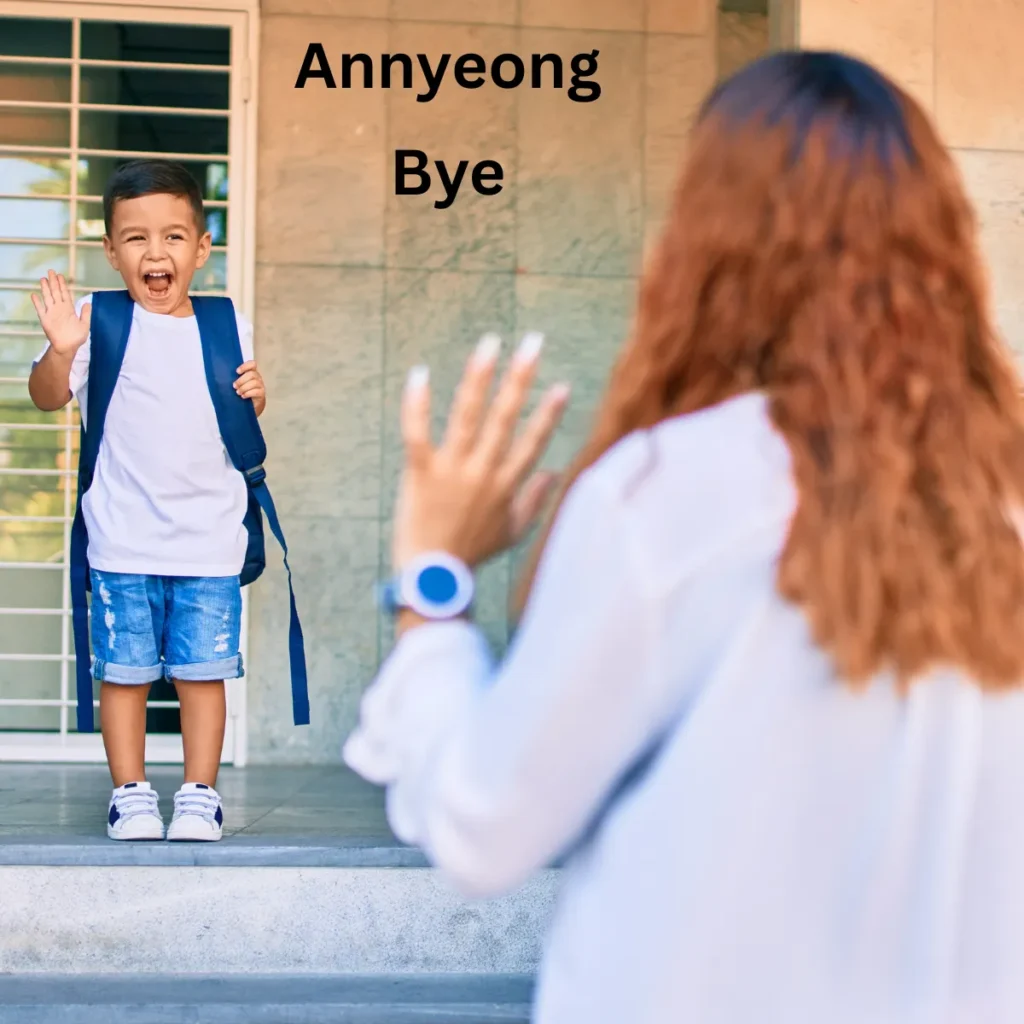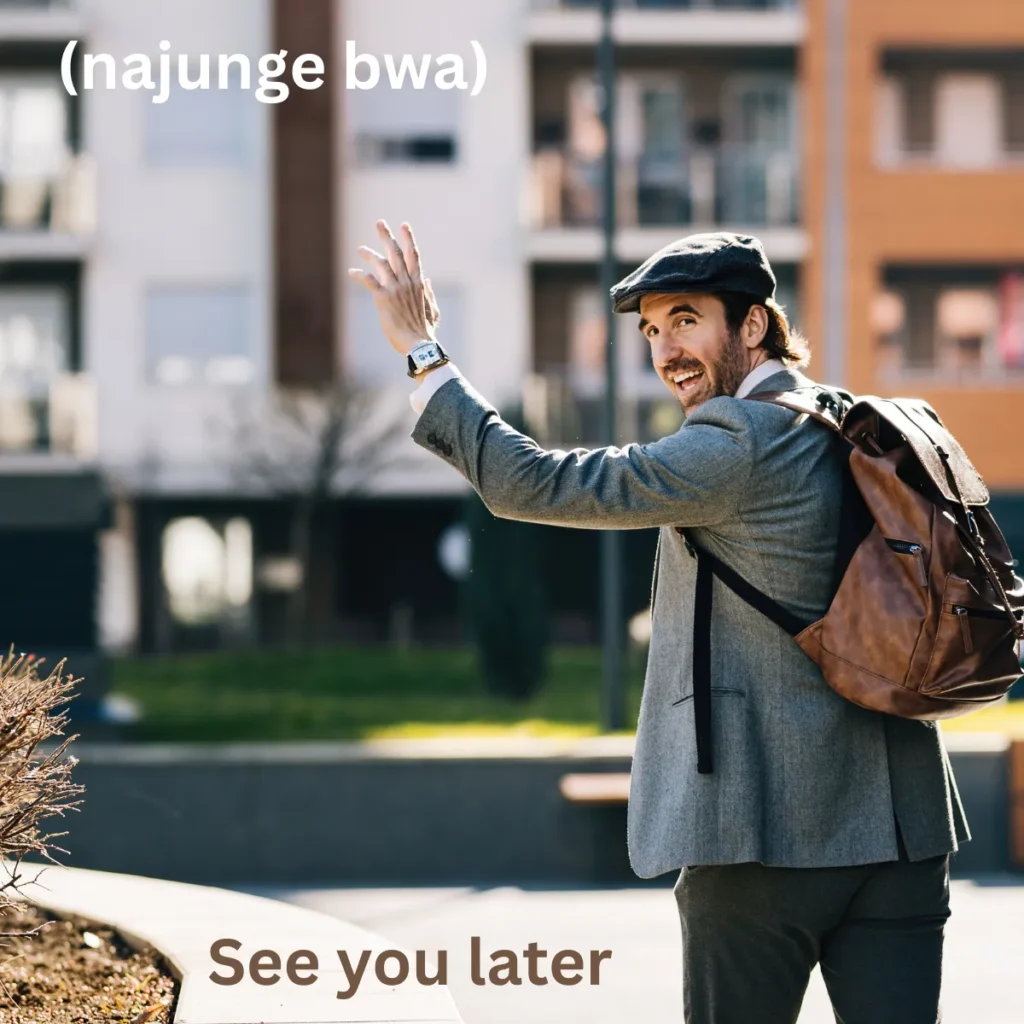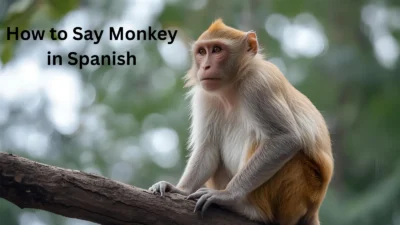Learning how to say goodbye in Korean is essential for polite and natural conversations. Depending on the situation, you’ll use different expressions—like annyeong (안녕) for casual goodbyes or annyeonghi gaseyo (안녕히 가세요) for formal settings.
Mastering these variations helps you show respect, whether you’re speaking to friends, elders, or colleagues. These phrases also highlight the cultural importance of hierarchy and respect in Korean society. By practicing them, you’ll feel more confident and natural in real-life conversations.
Goodbye in Korean
Ready to explore 15 ways to say goodbye in Korean, with real-life dialogues and the cultural history behind them? Let’s dive in!
15 Ways to Say Goodbye in Korean
| No. | Korean Phrase | Romanization | English Meaning | Usage / Context |
|---|---|---|---|---|
| 1 | 안녕 | Annyeong | Bye / Hi (casual) | Friends, peers |
| 2 | 안녕히 가세요 | Annyeonghi gaseyo | Goodbye (when they leave) | Polite/formal |
| 3 | 안녕히 계세요 | Annyeonghi gyeseyo | Goodbye (when you leave) | Polite/formal |
| 4 | 잘 가 | Jal ga | Go well | Informal goodbye |
| 5 | 잘 있어 | Jal isseo | Stay well | To someone staying |
| 6 | 다음에 봐 | Daeume bwa | See you next time | Informal |
| 7 | 또 봐요 | Tto bwayo | See you again | Polite |
| 8 | 내일 봐 | Naeil bwa | See you tomorrow | Informal |
| 9 | 곧 봐요 | Got bwayo | See you soon | Polite |
| 10 | 좋은 하루 되세요 | Joheun haru doeseyo | Have a good day | Polite farewell |
| 11 | 건강하세요 | Geonganghaseyo | Stay healthy | Formal, caring |
| 12 | 즐거운 주말 보내세요 | Jeulgeoun jumal bonaeseyo | Have a nice weekend | Formal goodbye |
| 13 | 연락해 | Yeollakhae | Keep in touch | Informal |
| 14 | 수고하세요 | Sugohaseyo | Keep up the good work | Common polite parting |
| 15 | 잘 지내 | Jal jinae | Take care | Friendly goodbye |
1. 안녕 (annyeong) – Bye (informal)

Origin:
Derived from the word meaning “peace” or “well-being.” Common among close friends or children.
Example:
👤 User A: 안녕! 내일 봐! (Bye! See you tomorrow!)
👤 User B: 응, 안녕!
Use: Informal; only with close friends or people younger than you.
2. 안녕히 가세요 (annyeonghi gaseyo) – Go in peace
Origin:
Used when the other person is leaving. “Annyeonghi” means “peacefully” and “gaseyo” is the polite form of “go.”
Example:
👤 User A: 그럼, 먼저 갈게요. (Okay, I’ll go first.)
👤 User B: 안녕히 가세요!
Use: Polite or formal; when you stay and the other person leaves.
3. 안녕히 계세요 (annyeonghi gyeseyo) – Stay in peace
Origin:
Used when you are the one leaving. “Gyeseyo” comes from the verb for “stay.”
Example:
👤 User A: 이제 가볼게요. (I’m heading out.)
👤 User B: 안녕히 가세요!
👤 User A: 안녕히 계세요!
Use: Polite; say this when you’re leaving and the other person stays.
4. 잘 가 (jal ga) – Go well

Origin:
Casual version of “annyeonghi gaseyo.” “잘” means “well” and “가” means “go.”
Example:
👤 User A: 나 간다! (I’m leaving!)
👤 User B: 잘 가!
Use: Informal; say this when your friend is leaving.
5. 잘 있어 (jal isseo) – Stay well
Origin:
The opposite of 잘 가; used when you are leaving and someone else is staying.
Example:
👤 User A: 나 먼저 간다. (I’m leaving first.)
👤 User B: 잘 있어~
Use: Informal; often used between close friends.
6. 다음에 봐요 (daeume bwayo) – See you next time
Origin:
“다음” means “next,” “에” is a time particle, and “봐요” is the polite form of “see.”
Example:
👤 User A: 오늘 즐거웠어요! (I had a great time today!)
👤 User B: 저도요. 다음에 봐요!
Use: Polite; suitable for acquaintances or coworkers.
7. 나중에 봐 (najunge bwa) – See you later

Origin:
Very casual; “나중” means “later.” Used among close peers or in text messages.
Example:
👤 User A: 나 먼저 간다!
👤 User B: 오케이~ 나중에 봐!
Use: Informal, modern, and youth-friendly.
8. 또 봐요 (tto bwayo) – See you again
Origin:
“또” means “again.” Adds a friendly tone to your goodbye.
Example:
👤 User A: 반가웠어요.
👤 User B: 저도요! 또 봐요~
Use: Friendly, polite; used when hoping to meet again.
9. 다음에 또 봐요 (daeume tto bwayo) – See you again next time
Origin:
Combines two phrases: “See you next time” and “See you again.”
Example:
👤 User A: 수업 끝났네요!
👤 User B: 네! 다음에 또 봐요~
Use: Polite, kind-hearted, often used by teachers or classmates.
10. 잘 가요 (jal gayo) – Go well (polite)
Origin:
Polite version of 잘 가. Adds a slight level of respect.
Example:
👤 User A: 갈게요~
👤 User B: 잘 가요~
Use: Polite; great for someone slightly older or not too close.
11. 행운을 빌어요 (haenguneul bireoyo) – Good luck!
Origin:
Literally means “I wish you luck.” Often said when someone is leaving for an important reason.
Example:
👤 User A: 시험 보러 가요. (I’m off to take the exam.)
👤 User B: 행운을 빌어요!
Use: Formal and thoughtful goodbye.
12. 건강하세요 (geonganghaseyo) – Stay healthy
Origin:
“건강” = health; “하세요” = do (formal). Common after long meetings or when saying goodbye for a while.
Example:
👤 User A: 한국에서 뵐게요.
👤 User B: 네~ 건강하세요!
Use: Formal, caring, used when parting for an extended time.
13. 잘 지내 (jal jinae) – Take care / Live well
Origin:
“잘” = well, “지내” = live/do. A bit emotional; often used when saying goodbye for a long time.
Example:
👤 User A: 진짜 오래 못 볼 것 같아.
👤 User B: 응… 잘 지내.
Use: Friendly, nostalgic, often emotional.
14. 빠이 (ppai) – Bye (Koreanized “bye”)
Origin:
Borrowed directly from the English word “bye” and pronounced in a Koreanized way.
Example:
👤 User A: 나 간다~ 빠이~
👤 User B: 빠이빠이~
Use: Very casual and playful; common in texting and with friends.
15. 즐거웠어요 (jeulgeowosseoyo) – It was fun
Origin:
Means “It was enjoyable”; a warm goodbye when leaving a social gathering.
Example:
👤 User A: 오늘 너무 즐거웠어요.
👤 User B: 저도요~ 다음에 또 봐요!
Use: Polite and warm; great after hangouts or friendly meetings.
FAQs
1. What is the most common way to say goodbye in Korean?
The common and polite way is “Annyeonghi gyeseyo” (안녕히 계세요) when you are leaving.
2. When do I use “Annyeonghi gaseyo” (안녕히 가세요)?
Use “Annyeonghi gaseyo” when the other person is leaving and you are staying.
3. Can I use “Annyeong” (안녕) for goodbye?
Yes, but only informally with friends, close people, or same age.
4. Is there a casual goodbye like “bye”?
Yes, you can say “Bai” (바이) similar to English bye.
5. How do I say “See you later” in Korean?
Say “Najunge bwa” (나중에 봐) for casual,
and “Najung-e bwayo” (나중에 봐요) for polite.
6. How do I say “Goodbye everyone” in Korean?
You can say “Yeoreobun, annyeonghi gyeseyo” (여러분, 안녕히 계세요).
7. Do I need to bow while saying goodbye?
Yes, a small polite bow is common, especially in formal situations.
8. How do I say “Have a good day” when saying goodbye?
Say “Jal jinaeyo” (잘 지내요) or “Joeun haru bonaeseyo” (좋은 하루 보내세요).
9. How do I say goodbye on text in Korean?
You can simply text “안녕~” (annyeong) or “바이~” (bye) with emojis.
10. How do I say “Goodbye” respectfully to older people?
Always use the polite forms:
- Annyeonghi gyeseyo (if you are leaving)
- Annyeonghi gaseyo (if they are leaving)
Conclusion:
Learning how to say goodbye in Korean helps you adapt to both casual and formal conversations. From annyeong with friends to annyeonghi gaseyo in respectful settings, each phrase reflects the importance of politeness in Korean culture. Mastering these goodbyes not only improves your communication but also shows cultural awareness and respect.



